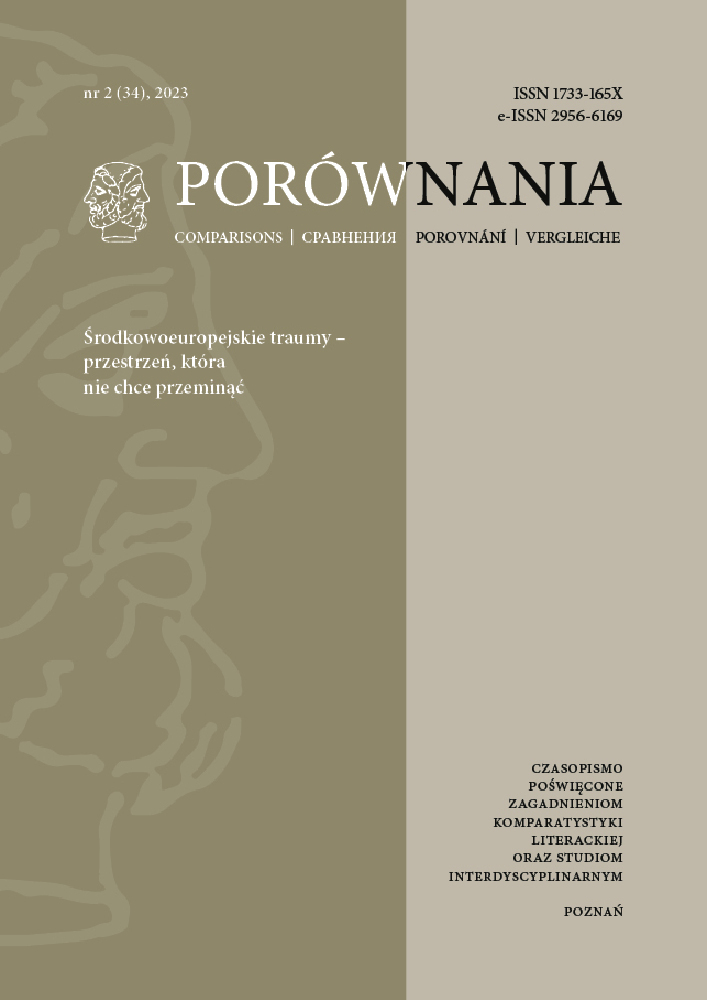The Dybbuk Speaks with the Mouth of the Living: Wartime Trauma and Strategiesof Holocaust Remembrance in Hungarian Literature Between 1949 and 1953
The Dybbuk Speaks with the Mouth of the Living: Wartime Trauma and Strategiesof Holocaust Remembrance in Hungarian Literature Between 1949 and 1953
Author(s): Kinga Piotrowiak-JunkiertSubject(s): Jewish studies, Hungarian Literature, History of the Holocaust
Published by: Uniwersytet Adama Mickiewicza
Keywords: Hungarian Jews; Holocaust; Hungarian literature; silence
Summary/Abstract: The article deals with the subject of the Holocaust in Hungarian literature between 1949 and 1953, and in particular with the writing strategies used by the authors to describe a phenomenon that was silenced and removed from public debate. During the post-war period, when the Communists were in power in Hungary, it was forbidden to write about the war and especially about the Holocaust of the Jews; moreover, all literary texts had to be approved by the censors. Despite the strict restrictions, Hungarian writers managed to smuggle the forbidden topic into their novels. In this article, I discuss the prose of József Debreczeni, István Kamjén, and Ferenc Karinthy against the background of social and historical phenomena in Hungary.
Journal: Porównania
- Issue Year: 34/2023
- Issue No: 2
- Page Range: 77-93
- Page Count: 17
- Language: English

